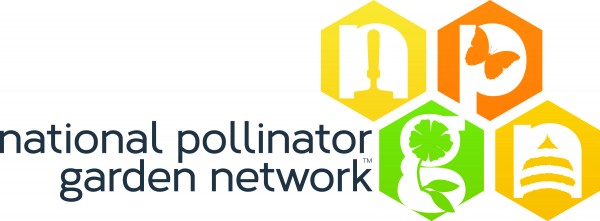
The National Pollinator Garden Network is a newly created partnership of organizations involved with pollinator conservation, wildlife gardening, and gardens. The network was initiated as part of the White House’s National Pollinator Strategy and is coordinated by the National Wildlife Federation. It draws together nearly two dozen nonprofits and organizations with a shared aim, to make gardens better for pollinators nationwide.
The NPGN was launched by First Lady Michelle Obama last Wednesday during an event at the White House. And with the launch came the Million Pollinator Garden Challenge: Can the nation establish a network of one million pollinator gardens within two years?
That’s the challenge. Will you pick up the gauntlet—or gardening glove—and help?
It doesn’t need to be a big garden, but it should offer a mix of nectar-rich flowers and be free of insecticides. If there’s enough space, include somewhere for bees to nest and provide host plants for caterpillars to munch on. (Sometimes good gardening means holes in leaves.)
Fill a window box with flowers. Add planter pots to your deck. Create a colorful garden border. Mix flowers in with the vegetables in your community garden. Enhance the grounds of your school or church. And for the challenge, what’s accepted as a garden goes much wider: city park, golf course, corporate or university campus, farm. These are all places that can be improved for pollinators, so the challenge can be accepted by anyone. The only limitation is your imagination!
And don’t worry if you already have a pollinator garden, that can be counted—but maybe you can go one step further… Can you get your neighbors and friends to make their gardens better for bees?
To make your garden count, go to Bring Back the Pollinators and sign the Pollinator Protection Pledge. You’ll be added to the one million.
You can also find lots of information about bee-safe gardening at Bring Back the Pollinators; regional lists of nectar plants, guidance on nest sites for bees and caterpillar host plants for butterflies, advice on insecticides, even a way to purchase the best available book on pollinator conservation, Attracting Native Pollinators.
I’ll make sure that my garden counts. Will you join me?
Further Reading
Pollinator Conservation in Yards and Gardens




